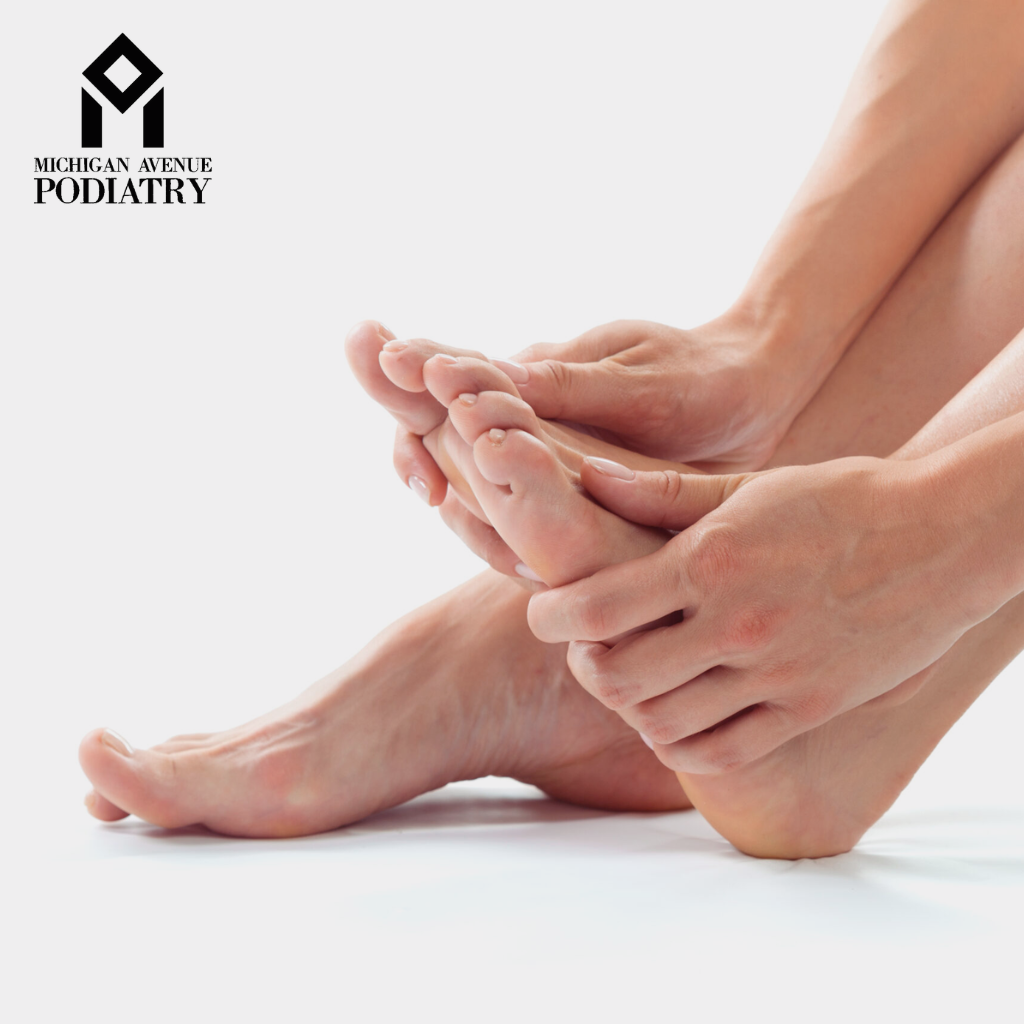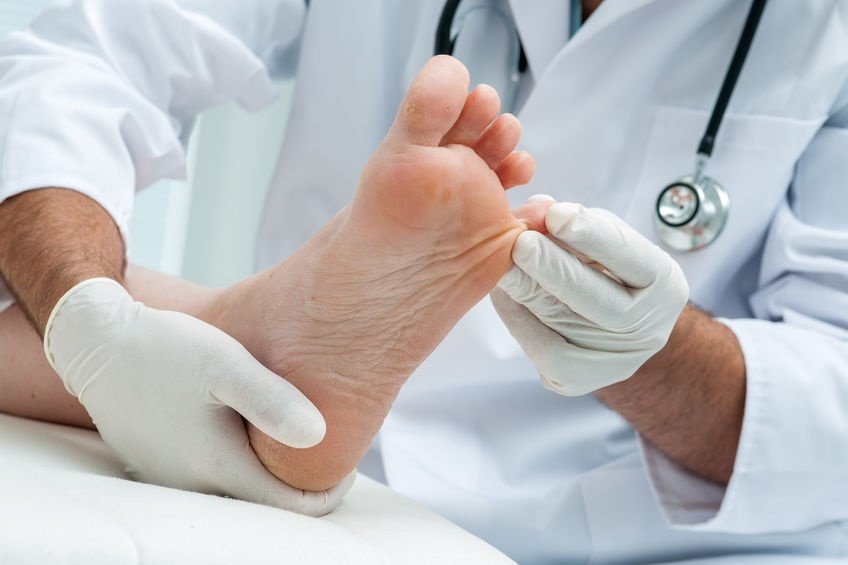Diabetic Foot Care
Diabetes can cause a variety of complications throughout the body, and the feet are no exception. In fact, foot problems are among the most common complications of diabetes, and can lead to serious health issues if left untreated. Proper diabetic foot care is essential for maintaining foot health and preventing complications.
People with diabetes are at increased risk for developing foot problems due to reduced circulation and nerve damage, which can cause numbness, tingling, and decreased sensation in the feet. This can make it difficult to detect injuries, infections, or other foot problems, and can lead to serious complications such as foot ulcers, infections, and even amputations.
To prevent foot problems, people with diabetes should take the following steps to care for their feet:
Check feet daily: Inspect feet daily for cuts, blisters, sores, redness, or swelling. If you have trouble seeing the bottom of your feet, use a mirror or ask someone for help.
Wash and dry feet daily: Wash feet with warm water and mild soap, and dry thoroughly, paying special attention to the areas between the toes.
Moisturize feet daily: Use a moisturizer to keep the skin on your feet soft and supple, but avoid applying lotion between the toes, as this can promote fungal growth.
Trim toenails carefully: Trim toenails straight across, and avoid cutting them too short or rounding the edges, which can lead to ingrown toenails.
Wear proper shoes and socks: Wear shoes that fit well and provide good support, and avoid high heels, sandals, or shoes with narrow toe boxes. Wear clean, dry socks made of natural fibers.
Keep blood sugar levels under control: Proper management of blood sugar levels is essential for preventing complications of diabetes, including foot problems.
Quit smoking: Smoking can worsen circulation problems and increase the risk of foot problems, so quitting smoking is an important step in foot care for people with diabetes.
It’s also important for people with diabetes to have regular foot exams by a healthcare professional, as well as to seek prompt treatment for any foot problems that develop. Even minor injuries or infections can quickly become serious in people with diabetes, so early detection and treatment is key.
In conclusion, diabetic foot care is essential for maintaining foot health and preventing complications such as foot ulcers and infections. People with diabetes should take steps to care for their feet daily, including checking their feet, washing and drying them thoroughly, moisturizing them, trimming toenails carefully, wearing proper shoes and socks, keeping blood sugar levels under control, and quitting smoking. Regular foot exams by a healthcare professional are also important, as is prompt treatment of any foot problems that develop. With proper foot care, people with diabetes can reduce their risk of foot complications and maintain overall health and well-being.
If you would like to get seen by our board-certified foot and ankle specialists, click here


